Welcome to your guide on how to convert an RV into a food truck! Converting an RV into a food truck can be a fun and exciting project, but it also requires some hard work and planning. In this article, you’ll find answers to frequently asked questions about the process of converting an RV into a food truck. You’ll also get some useful tips to help you make the most out of your project. So, without further ado, let’s dive in!
Table of Contents
Is a food truck a good idea?
Having your own food truck can be an exciting and rewarding venture. It allows you to travel, to cook and serve delicious food, and to create a unique business that stands out from the crowd. With careful planning and preparation, you can make your food truck a success. [1]
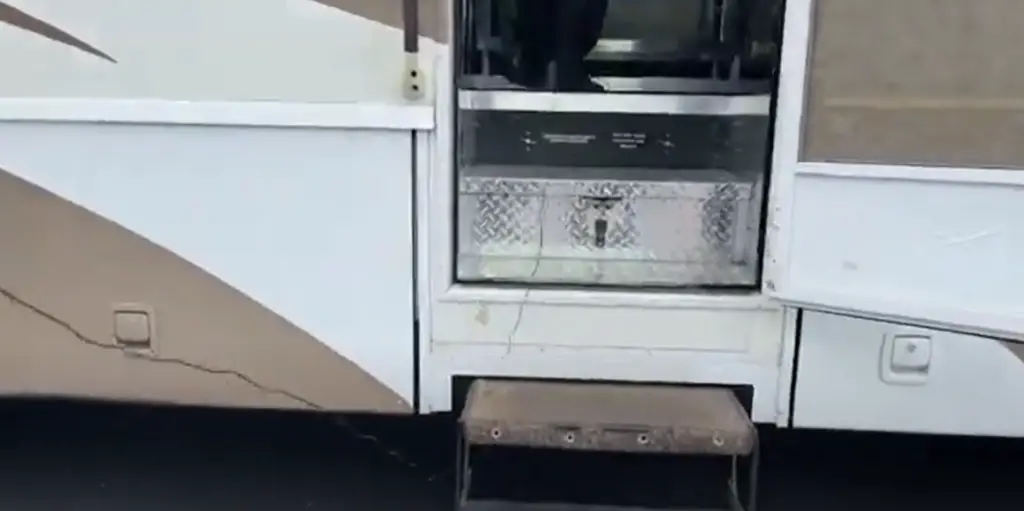
What type of RV works best as a food truck?
The type of RV that works best for use as a food truck will depend on the size and scope of your business. Generally speaking, mid-sized motorhomes are the most common choice, because they offer enough room to accommodate all the necessary equipment while still being relatively easy to maneuver in tight spaces. Larger RVs can be converted into mobile kitchens, but they are more difficult to maneuver and can make it more challenging to find a place to park. Some RVs feature slide-outs that can be used for extra kitchen space, which may be a good option if you plan on doing a lot of cooking. [1]
How to convert an RV into a food truck?
Converting an RV into a food truck can be both exciting and daunting. After all, you’re investing in a business that could potentially bring you substantial success and financial reward. But before diving headfirst into the process of transforming your vehicle, it’s important to understand what exactly goes into such an undertaking. Doing so will help ensure you’re prepared to handle any issues that may arise along the way.
An important factor to consider is whether or not you need a generator. Generators are essential for providing power while on the go, so it’s important to determine if they are necessary for your particular setup. If so, you’ll need to install it in a safe and secure location within your RV. You’ll also want to make sure that the generator is compatible with the type of fuel you plan on using for your truck. [1]
Can You Turn a Camper into a Food Truck?
Determine the layout of the camper
The first step when converting a camper into a food truck is to determine the layout of the camper. You need to consider how much space you have, what type of equipment will fit, and where it will all go in order to make the most efficient use of your available space. Consider whether any walls can be removed or moved around in the camper to give you more room, and think about how high the ceiling is so that your food preparation area can be tall enough for comfort. [2]
Measure the available size
Once you have a general idea of the layout, take accurate measurements of the camper so that you can determine what kind of equipment will fit. Measure both the width and length of each wall to ensure that your food prep area is big enough for everything you need, and consider how much space your cooking appliances will require. You also need to check the height of the camper to make sure that your exhaust hood and any other tall appliances will fit. [2]

Cut the cardboard sheets
Once you have determined the size of your cooking area, it’s time to start cutting. Using a cardboard sheet cut to the exact measurements of each wall, draw on any cabinets or shelving units that you want to create. You can also use this opportunity to add windows and doors if desired. Cut the sheets out with a box cutter and use a drill to add mounting holes for your hinges and cabinet pulls. [2]
Attach steel brackets
Once the cardboard sheets are cut, it’s time to start attaching them to the camper. Use steel brackets and screws to securely attach each sheet in place. If desired, you can also add some caulking around the edges of the steel brackets for further protection against water and weathering. Once all the pieces are attached, you can move on to installing the other equipment. [2]
Attach shelves
Finally, you can attach the shelves and cabinets that you drew on the cardboard sheets. Use screws to securely attach them to the walls, and make sure they are level and properly secured. Once everything is in place, your camper has been successfully converted into a food truck! [2]
Make drawers for crockery
You may also want to consider adding drawers for crockery and other items. This can help keep the food truck organized and make it easier to access the items you need while cooking. Simply measure out the size of each drawer, cut a piece of wood or plywood to fit, attach hinges and pulls, and then attach it securely to the walls of the camper. [2]
Add a Refrigerator
It’s also a good idea to add a refrigerator in the food truck. This will help keep ingredients fresh, and it will also give you easy access to cold drinks while serving customers. Make sure that the refrigerator fits properly in the space and that all of its components are securely connected. [2]
Provide electrical supply
Finally, you need to provide an electrical supply for the food truck. This includes both a power source and wiring. If you don’t have experience with this type of work, it’s best to hire an electrician to ensure that everything is installed correctly and safely. [2]
Check all the things
Once all of the equipment is installed and the electrical wiring is complete, it’s time to do a final check. Make sure that all of the drawers are securely attached, that the refrigerator is working properly, and that there are no exposed wires or other hazards. Once everything passes inspection, you can start serving delicious food from your newly converted food truck! [2]
The Advantages
Converting an RV into a food truck is becoming increasingly popular among entrepreneurs. By repurposing your vehicle, you can take advantage of its unique features while saving money on the cost of purchasing a traditional food truck.
An RV-turned-food-truck offers several advantages over a traditional food truck. First, you’ll have more options for where you can operate your business. Since RVs are able to travel off-road and have greater maneuverability than other food trucks, you’ll be able to set up shop in new areas that might otherwise be inaccessible. This means that you won’t be limited by the usual regulations of where food trucks can be parked.
Second, your RV-based food truck will have more interior space for storage and cooking than a traditional truck. This means you’ll have more room to store ingredients in the fridge, prepare meals on countertops, and even install commercial-grade equipment.
Third, an RV-turned-food-truck could potentially save you money on the cost of insurance. Since RVs are generally classed as recreational vehicles, they may be eligible for cheaper rates than traditional food trucks that don’t have a “traveling” designation.
Finally, converting an RV into a food truck allows you to take advantage of its existing amenities. Depending on your RV, you may already have cooking surfaces, sinks, and even storage space that can be repurposed for your business. [3]
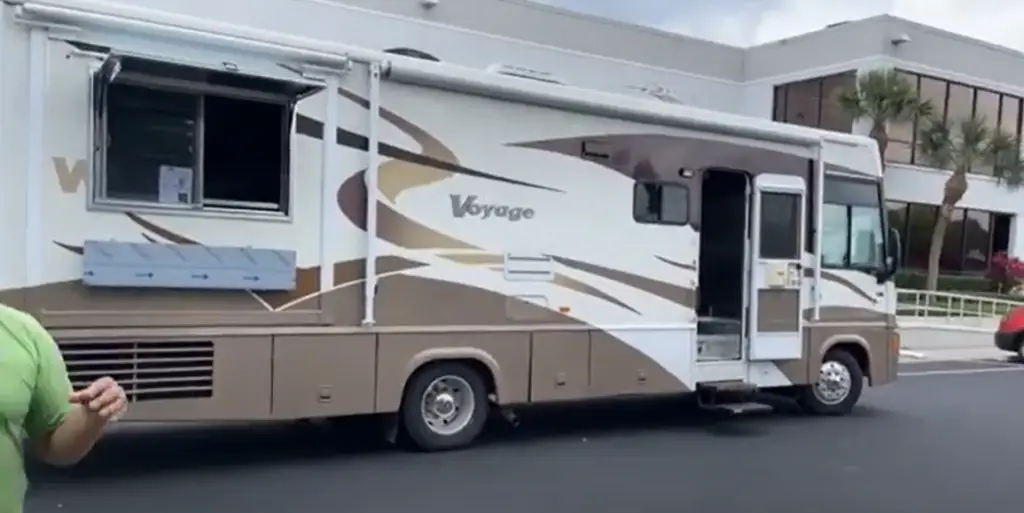
FAQ
How to name a food truck?
Naming your food truck is an important part of the conversion process, as it will help you stand out from other food trucks. Consider a name that reflects your unique cuisine or creative concept and make sure to choose something that is easy to remember and can be used in marketing efforts. It’s also a good idea to do some research on how your name will be perceived by your target audience.
What should I include in my food truck design?
Designing the interior of your food truck is an important part of the conversion process. Your design should accurately reflect the type of cuisine and concept you’ll be offering, while also taking into account practical considerations such as storage, counter space and other materials necessary for food preparation. Additionally, consider including features like a modern POS system and large view windows to attract customers.
Do I need special permits or licenses?
Most states have regulations on the types of foods that can be served out of a food truck, as well as the health codes you must follow. Depending on where you live, you may also need to obtain a special license or permit to operate your food truck. Check with your local health department for more information about the specific regulations in your area.
What type of insurance do I need?
Insuring your food truck is essential for protecting both yourself and your customers from unexpected financial losses. Depending on the type of business you plan to operate, you may need a general liability policy, commercial auto insurance and/or workers’ compensation insurance. Make sure to research all of your options and choose an insurance package that meets your needs.
What should I consider when choosing a location?
Choosing a good location is key to the success of your food truck. Look for spots with high foot traffic, such as office buildings, parks and other popular public areas. You should also make sure to check local regulations regarding where you can park and how long you’re allowed to stay in one spot. Additionally, it’s a good idea to research similar food trucks in your area to make sure you’re not competing for the same customers.
Can you put a regular mattress in a camper?
Yes, you can put a regular mattress in a camper. However, it’s important to make sure the size of your mattress matches the size of your camper bed frame. Additionally, if you’re looking for extra comfort and support, consider investing in an RV-specific mattress that is designed to fit snugly into your camper bed frame.
Useful Video: Toyota Motorhome Converted To Food Truck
Conclusion
Converting an RV into a food truck can be a great way to start your own business. It’s usually less expensive than buying a traditional food truck and helps you stand out from the competition with its unique look. Plus, it gives you plenty of storage and space for all your equipment.
However, it’s important to remember that you need to make sure your RV meets the local codes for food trucks. You’ll also want to consider factors such as cost, time commitment, and access to utilities when deciding if this is the right choice for you.
If you have any questions or concerns about converting an RV into a food truck, don’t hesitate to contact your local Department of Motor Vehicles, health department, or commercial vehicle inspection agency. They can provide guidance and point you in the right direction.
Good luck with your food truck venture! With careful research and planning, converting an RV into a food truck could be a great way to start your own business.
References:
- https://www.doityourselfrv.com/how-to-convert-an-rv-to-a-food-truck/
- https://trucksauthority.com/can-you-turn-a-camper-into-a-food-truck/
- https://foodtruckempire.com/how-to/build-a-food-truck/


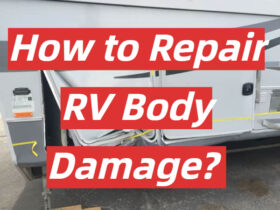
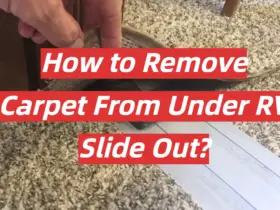
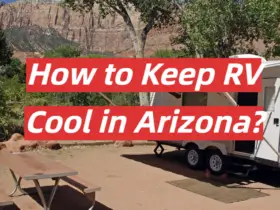
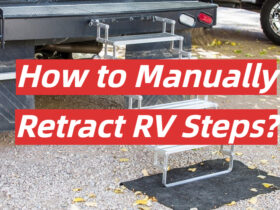
Leave a Reply